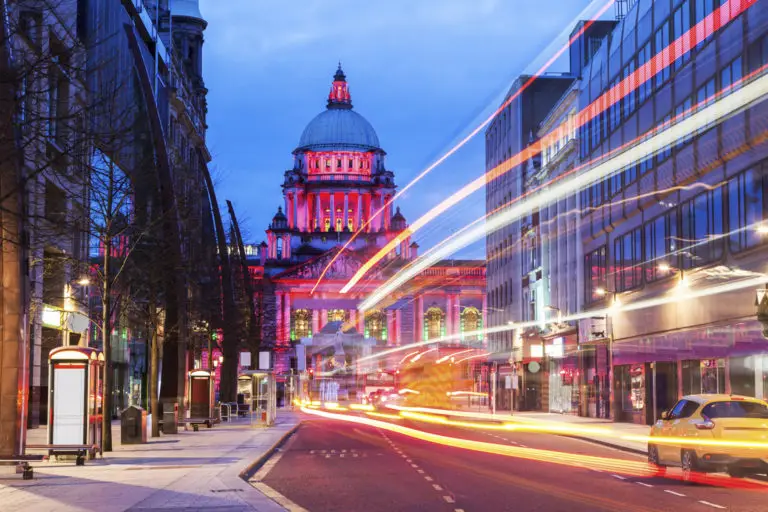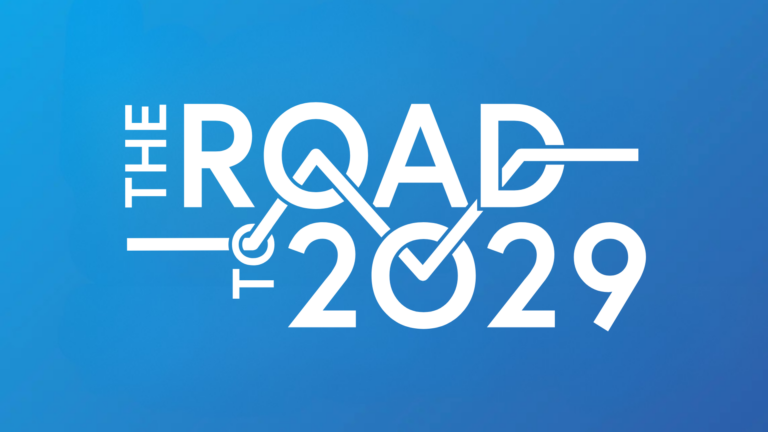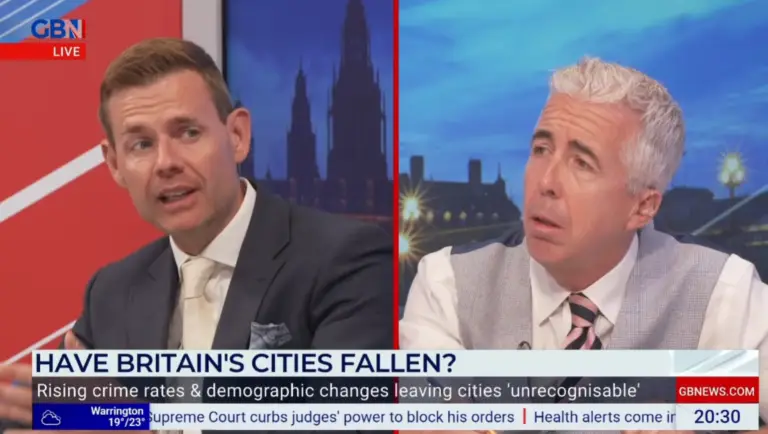“No, no, no… what’s the problem? There is no problem” was Nigel Farage’s buoyant response in 2016 when questioned on his campaign trail if he had ever considered the impact of Brexit on Northern Ireland. This sentiment was echoed by other key Brexiteers both before and after the 2016 referendum, with Boris Johnson notably dismissing concerns about a hard border in his role as Foreign Secretary in 2018, suggesting instead that there could be similar systems put in place to those between the London boroughs of Camden and Westminster.
This blasé approach of British politicians to questions around the Irish partition is not a new one, with former prime minister Margaret Thatcher famously suggesting in 1985 that a straight-line border would be easier to defend, “not one with all those kinks and wiggles in it.” With that being said, Northern Ireland has nonetheless thrown up problems for multiple UK governments since its division from the Irish Free State in 1921, given the subsequent civil unrest and violence.
The Good Friday Agreement of 1998, which recreated a devolved and cross-community participatory system of governance and a number of institutions between Northern Ireland and the Republic of Ireland, ended the violence of the Troubles that had been ongoing since 1969. Since then, the two jurisdictions have worked much more closely together. This transition was undoubtedly made smoother by their membership of the EU, which the United Kingdom and Ireland joined on the same day in 1973 (then the EEC), enabling free movement and trade between the two.
As a result, the UK leaving the EU was, in fact, a problem. For relations between the Republic of Ireland and Northern Ireland, Brexit resurfaced a host of issues, with concerns around trade and the peace process at the forefront. These were brought most sharply into focus by the matter around the border between the two countries, which since the Good Friday Agreement has been all but invisible and is crossed every day by over 30,000 commuters.
Despite little appetite for discussing Northern Ireland in the lead up to the 2016 referendum, the border was put firmly on the agenda in the disputes that followed the vote, as it soon became clear that the current set up left the EU essentially completely open to the UK. Misconceptions and a lack of understanding around the country’s history and politics persisted however, with one BBC Question Time audience member insisting “if Ireland’s a problem, give it back to the Irish.”
Debates went back and forth, as Theresa May’s backstop proposals came under fire. Karen Wheeler, director general for border coordination at HMRC, resigned, after saying that there were no “magic technological solutions” for preventing a hard border with Ireland in the event of no deal, and that the UK would need a customs union with the EU.
Against the distraction of coronavirus, the Northern Ireland Protocol was drawn up and put into force on January 1st, 2021. While Northern Ireland continues to follow many EU rules, a ‘regulatory border’ has been put into place, with checks on goods coming into Northern Ireland from Great Britain.
However, just weeks after these regulations were put into place, checks have now been suspended in certain ports due to growing tensions in the country around the Protocol that led to fears over staff safety. Meanwhile, a petition is being circulated that demands ‘unfettered’ trade between Great Britain and Northern Ireland. This has been shared by Nigel Farage who, despite earlier assurances, has now expressed concerns that Northern Ireland is being increasingly cut off from Great Britain.
The Protocol has also already been at the heart of a vaccine storm, with the EU pushed to reverse a decision on vaccines which could have resulted in Northern Ireland border checks to stop EU-produced vaccines from being shipped to the UK.
As the UK continues to grapple with the practicalities of Brexit, complications around the Irish border remain a sticking point. With a century of history around the partition leading up to this point, it seems unlikely that an effective solution is on the cards anytime soon.




